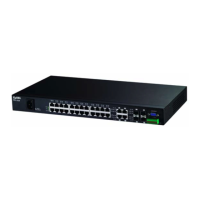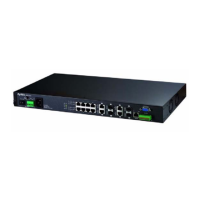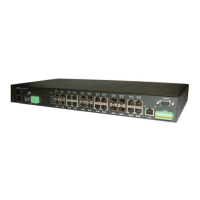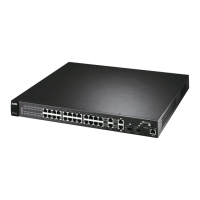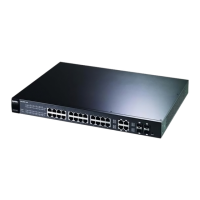Management Switch Card User’s Guide 331
CHAPTER 11
Profile Screens
This chapter describes how to configure profiles to use in assigning settings to the DSL ports.
11.1 Profiles Overview
A profile is a list of settings that you define. Then you can use them to configure one or more
individual ports or PVCs. You cannot delete or modify the DEFVAL profiles.
• Use ADSL profiles to configure ADSL port settings.
• Use SHDSL profiles to configure SHDSL port settings.
• Use VDSL profiles to configure VDSL port settings.
• Use ATM profiles to configure ATM traffic shaping settings to be used in configuring PVCs.
• Use alarm ADSL profiles to configure alarm settings for ADSL ports.
• Use alarm VDSL profiles to configure alarm settings for VDSL ports.
• Use alarm SHDSL profiles to configure alarm settings for SHDSL ports.
• Use IGMP filter profiles to configure IGMP filter settings for DSL ports.
• Use VoIP SIP profiles to configure VoIP SIP filter profiles for SIP-based VoIP ports.
• Use VoIP SIP CALLSVC profiles to configure VoIP SIP call service filter profiles for SIP-based VoIP
ports.
• Use VoIP DSP profiles to configure VoIP DSP filter settings for SIP-based VoIP ports.
• Use VoIP H248 profiles to configure VoIP H248 filter settings for H.248-based VoIP ports.
• Use IPQoS profiles to configure IPQoS (Quality-of-Service) settings.
• Use ACL profiles to have the system classify and perform actions on the upstream traffic.
• Use dial plan profiles to set up and manage the VoIP dial plan settings for VoIP ports.
• Use alarm E1 profiles to configure alarm settings for E1 ports.
11.2 Interleave Delay
Interleave delay is the wait (in milliseconds) that determines the size of a single block of data to be
interleaved (assembled) and then transmitted. Interleave delay is used when transmission error
correction (Reed- Solomon) is necessary due to a less than ideal telephone line. The bigger the
delay, the bigger the data block size, allowing better error correction to be performed.
Reed-Solomon codes are block-based error correcting codes with a wide range of applications. The
Reed-Solomon encoder takes a block of digital data and adds extra "redundant" bits. The Reed-
Solomon decoder processes each block and attempts to correct errors and recover the original
data.
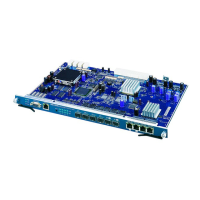
